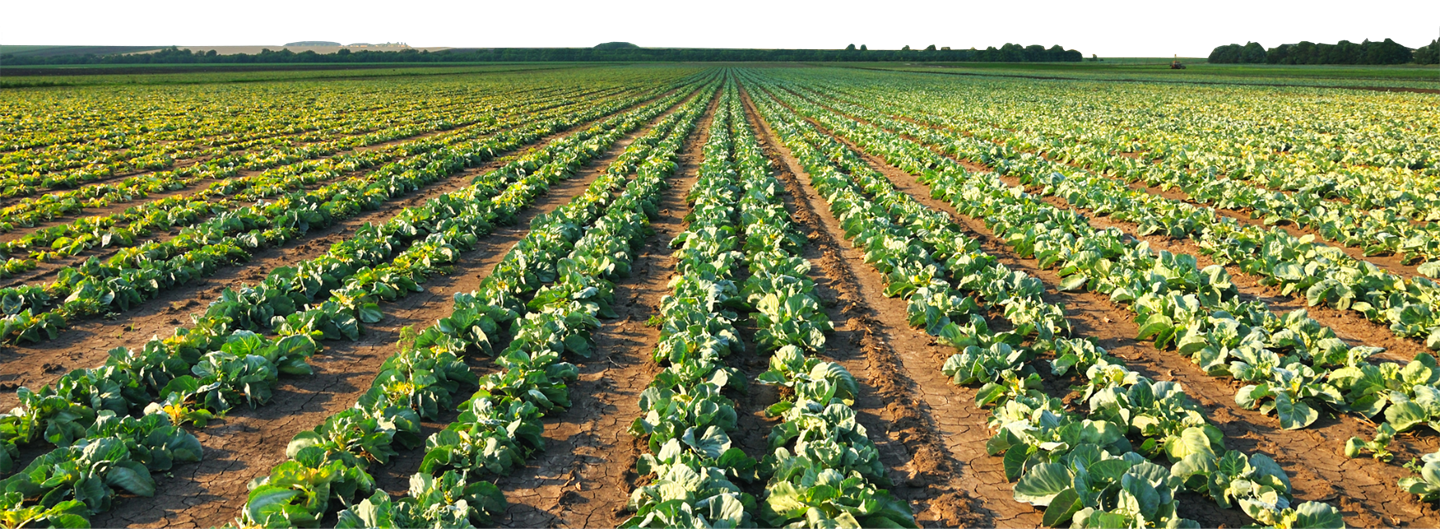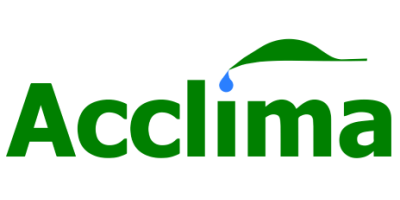

- Home
- Companies
- Acclima, Inc.
- Articles
- Two Approaches for Optimizing Water ...
Two Approaches for Optimizing Water Productivity
Agricultural Research Service researchers in Bushland, Texas, are helping farmers make the most of their water supplies in a region where they depend on the Ogallala Aquifer, a massive underground reservoir under constant threat of overuse.
Steve Evett, Susan O`Shaughnessy, and their colleagues at the Conservation and Production Research Laboratory are developing and testing soil-water and plant-stress sensors and automated irrigation systems that will irrigate fields only as necessaiy. Automated systems are considered key to sustainable use of the aquifer and to helping growers reduce water and labor costs.
"As water becomes more precious and the costs to pump it continue to rise. we need to tap the potential of every drop used in agriculture. To do that, we need to develop the best systems possible for accurately scheduling and controlling irrigation," Evett says. The researchers are developing automated irrigation and sensor systems based on two approaches that complement each other, O`Shaughnessy says. One system applies water based on levels of crop water stress detected by wireless sensors mounted on aboveground moving pipelines of commercial irrigation systems.
In the other system, the researchers are adapting sensor technology designed for urban sites so that it will work in agriculture. It triggers irrigation based on soil water content detected by sensors in fixed locations in the soil.
"Each system has advantages and disadvantages. But the combination of these two networked systems in a single field would be ideal, providing the temporal frequency and spatial coverage needed for monitoring crop water stress and robust control of irrigation," CTShaughnessy says.
Sensing Water Needs From Above
Evett, O`Shaughnessy, and their colleagues have filed for a patent on the automated irrigation system. They verified its effectiveness in numerous field studies that compared it with manual irrigation control based on soil water monitoring with a neutron probe. The probe is a research standard for irrigation scheduling, but growers avoid it due to expense and regulatory burdens.
In one study, the researchers cultivated early- and late-maturing sorghum for 2 years. They used 16 prototype wireless sensors on a center-pivot irrigation system to monitor crop canopy temperatures. They chose sorghum because of its importance as a cash crop in the Southern High Plains and because it withstands water stress. Even so, irrigation plays a significant role hi sorghum production in the region, tripling its yields.
Crop canopy temperature was monitored during the growing season as the pivot system moved across the field. Other instruments recorded weather data. The information was processed daily by a computer at the pivot point, which automatically scheduled and delivered irrigations when and where necessary.
"The sensor network was mounted on a six-span center pivot, but the technology could be adapted to other types of moving or static irrigation systems," O`Shaughnessy says.
An earlier system used to trigger irrigation manually was the Crop Water Stress Index. It calculated water stress based on canopy temperatures and weather factors measured at midday. Because cloud cover and other weather changes could make once-a-day measurements irrelevant to daily water use, the researchers developed a system using continuous measurements over the course of a day and calculated an Integrated Crop Water Stress Index (iCWSI). Irrigations were delivered automatically when and where iCWSI values exceeded a threshold established from previous data.
